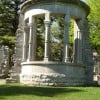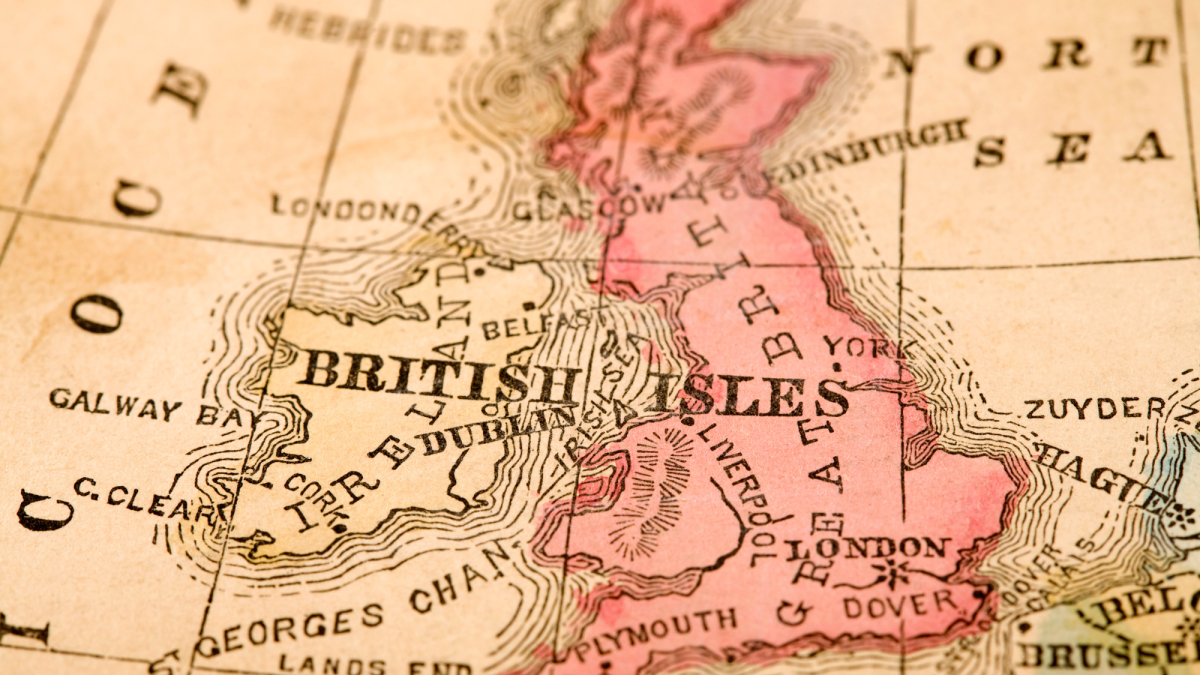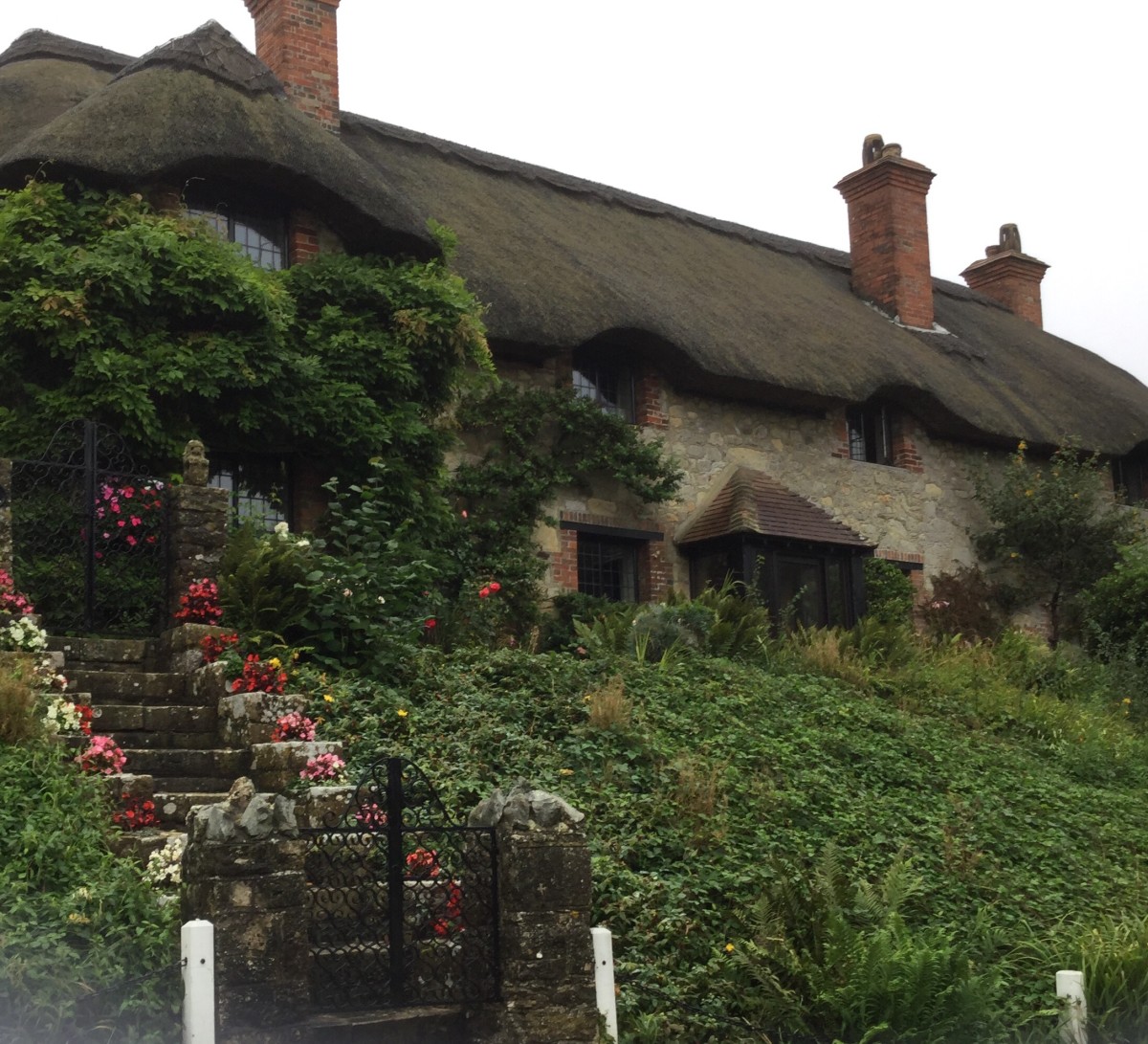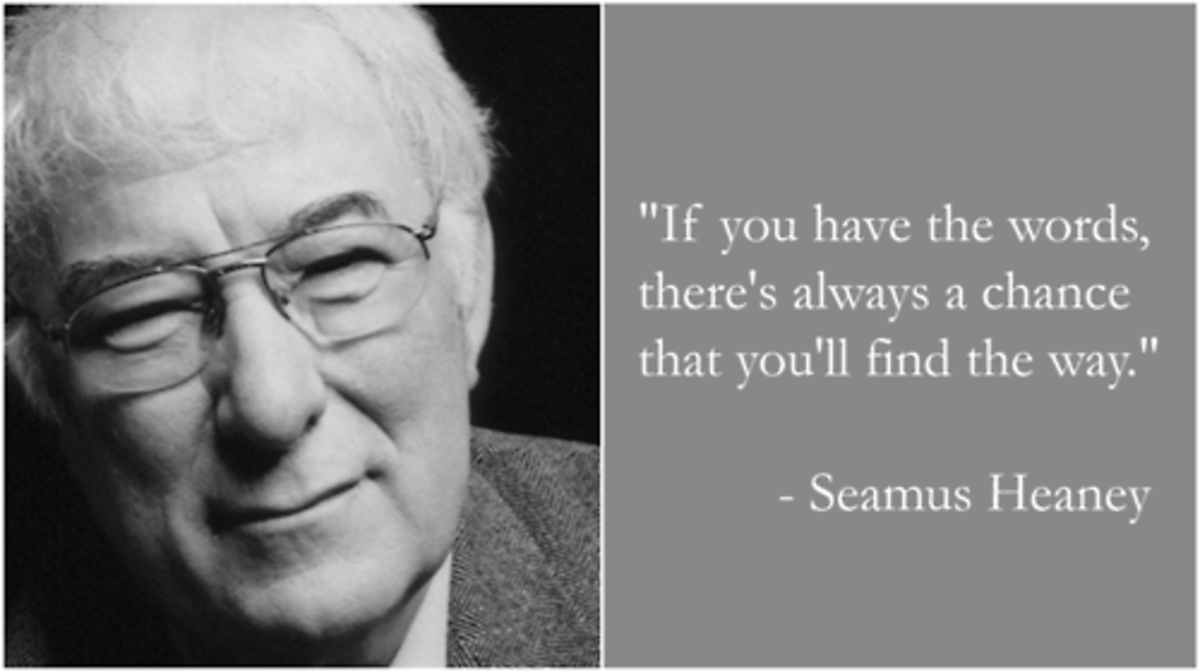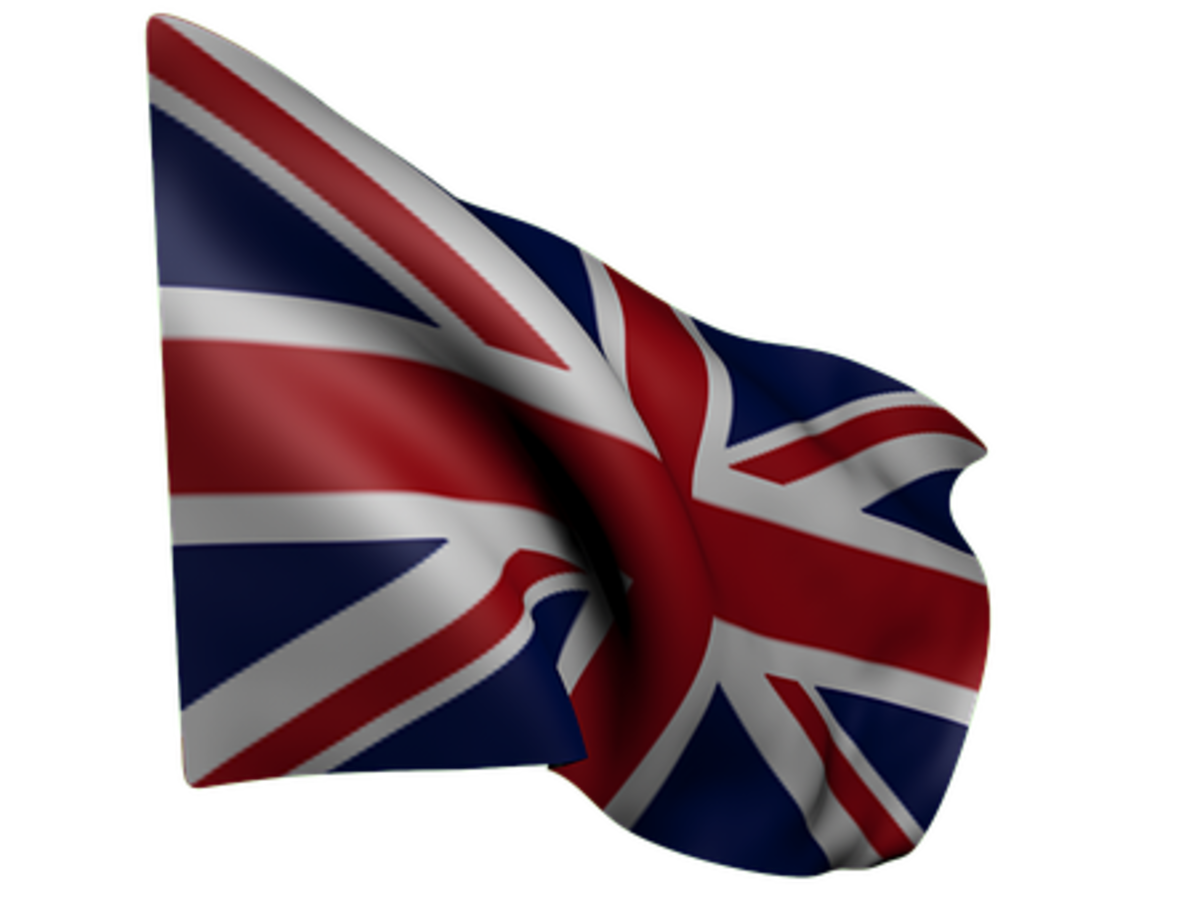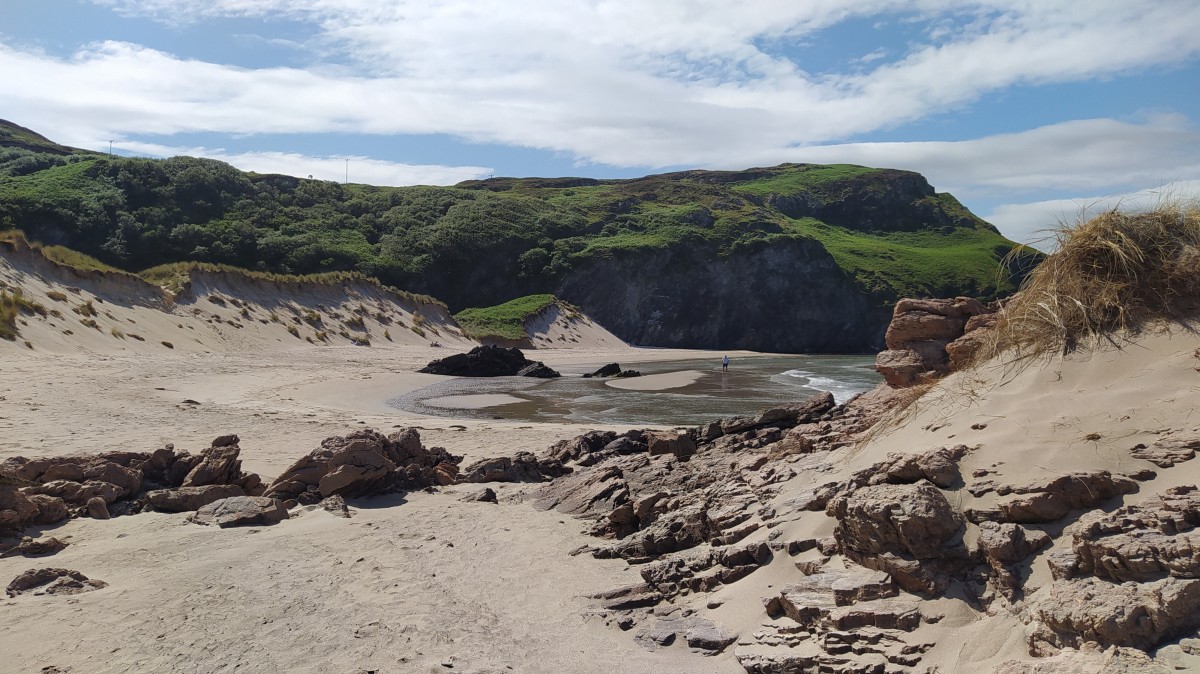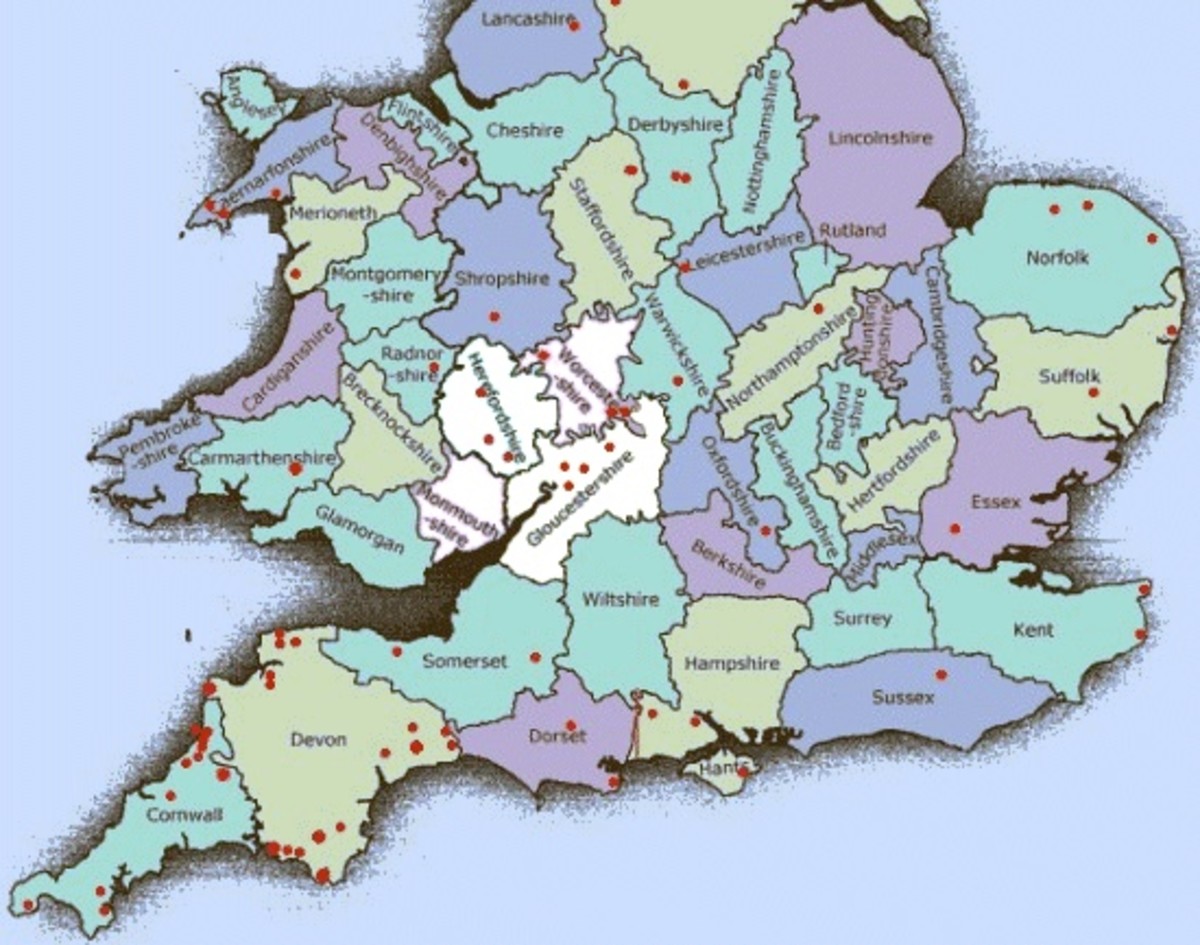- HubPages»
- Travel and Places»
- Visiting Europe»
- United Kingdom
Visiting the statue of Dr Henry Cooke, Belfast, Northern Ireland: or, why compromise has sometimes been difficult
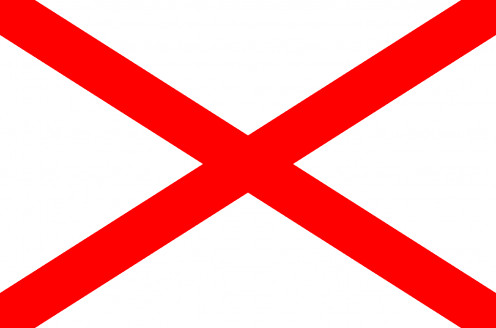
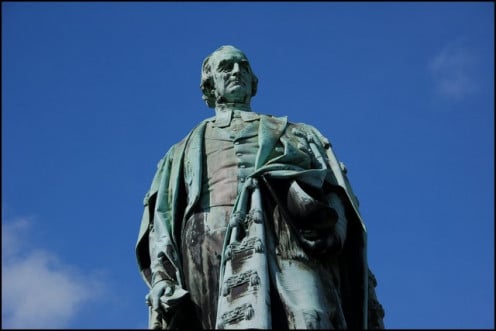
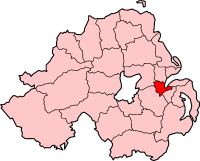
A religious or political figure?
This statue in Belfast, Northern Ireland, is often used to give directions to visitors. Thus, if you want to go to the railroad station from the City Hall, Donegall Square, or vice versa, chances are that local people will direct you along the road and to turn at Dr Cooke's statue.
Some features and history
The statue of the Reverend Dr Henry Cooke (1788-1868) was executed in bronze by Samuel Ferris Lynn (1834-1876) and inaugurated in 1876, in the presence of many members of the Orange Order. The work depicts its subject, who held doctorates from Trinity College, Dublin and Jefferson College, Washington, Penn., wearing academic dress.
An enquiry into who the Reverend Dr Henry Cooke (1788-1868) was, is somewhat revealing of past political culture in Ireland, especially, Northern Ireland. Political? the reader might say. I thought this Dr Cooke was a clergyman? Well, this is indeed true, but in Ireland traditionally the religious and the political were somewhat nebulously linked.
If one were to define what Dr Cooke stood for in a few phases, one of his notions would have been maintaining what he saw as the established principles of the Church of Scotland. Scotland? the reader might ask. I thought this is supposed to be Northern Ireland? Well, trust me, whether or not Dr Cooke was really of Scotland rather than in Scotland, the Scottishness of his sense of Presbyterian authenticity was a defining feature of his ecclesiology. Another of his notions was asserting Protestantism as law of the Empire. Thus also, it was impossible for him to collaborate with any scheme that purported to be Irish and national in its scope unless it was also Protestant in character.
Dr Cooke was particularly known for organizing the rejection of what he saw as compromising Protestant ministers from the Presbyterian Church. This compromising could have been defined in at least two ways, theological and political, but in the mind of Dr Cooke there was a notional link between Roman Catholics, Socinian Presbyterians and the openly unbelieving.
Interestingly, Orangemen still march to banners depicting Dr Cooke.
July 3, 2012
Also worth seeing
In Belfast itself, close to the statue of Dr Cooke is the ornate Belfast Technical College; other noted sights include: nearby Church House, Belfast City Hall; the Albert Memorial Clock Tower; Belfast Castle; Queen's University Main Building; the Harbour Commissioners' building; and many others.
...
How to get there: United Airlines flies from New York Newark to Belfast International Airport, at Aldergrove, where car rental is available. Please note that facilities mentioned may be withdrawn, without notice. Please check with the airline or your travel agent for up to date information.
MJFenn is an independent travel writer based in Ontario, Canada.
Other of my hubpages may also be of interest
- Visiting the former Belfast Technical College building, Belfast, Northern Ireland: the 1907 triumph
- Visiting the City Hall at Belfast, Northern Ireland: domed magnificence
- Visiting the Albert Bridge, Belfast, Northern Ireland: commemorating the ill-fated Prince Albert, Du
- Visiting the statue of Wolfe Tone, in Dublin, Ireland: remembering the leader of the United Irishmen
- Visiting the National Monument, Cork City, Ireland: remembering pre-1916 Republicans
